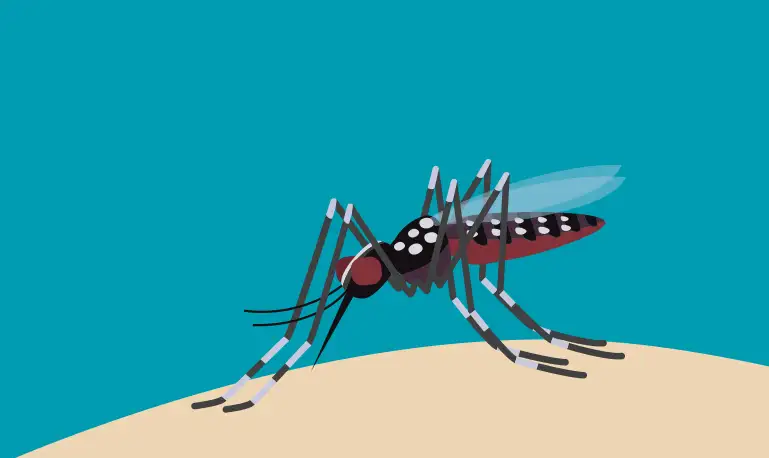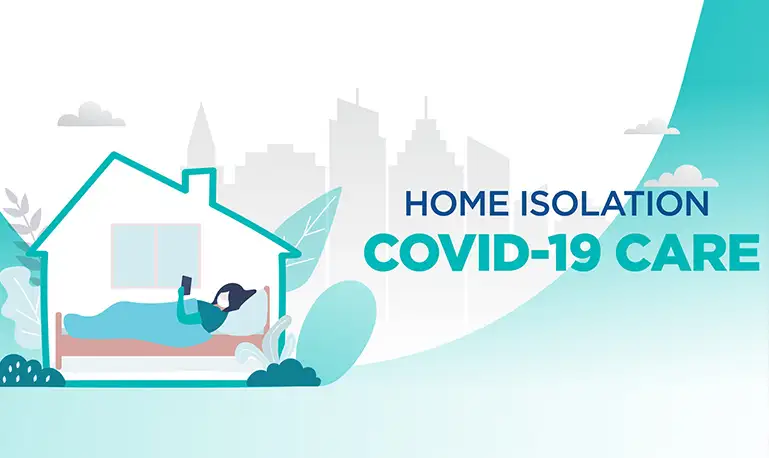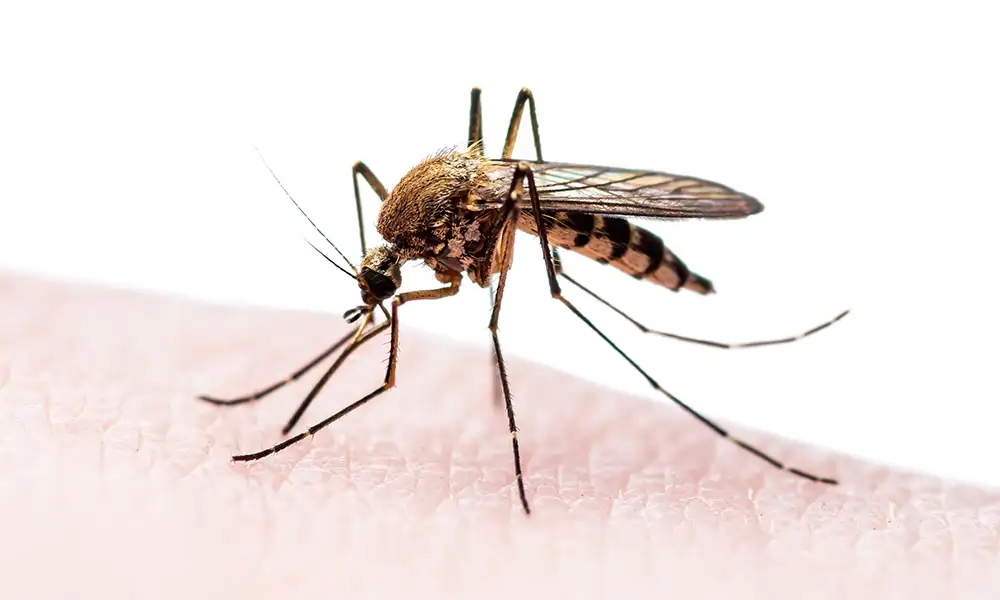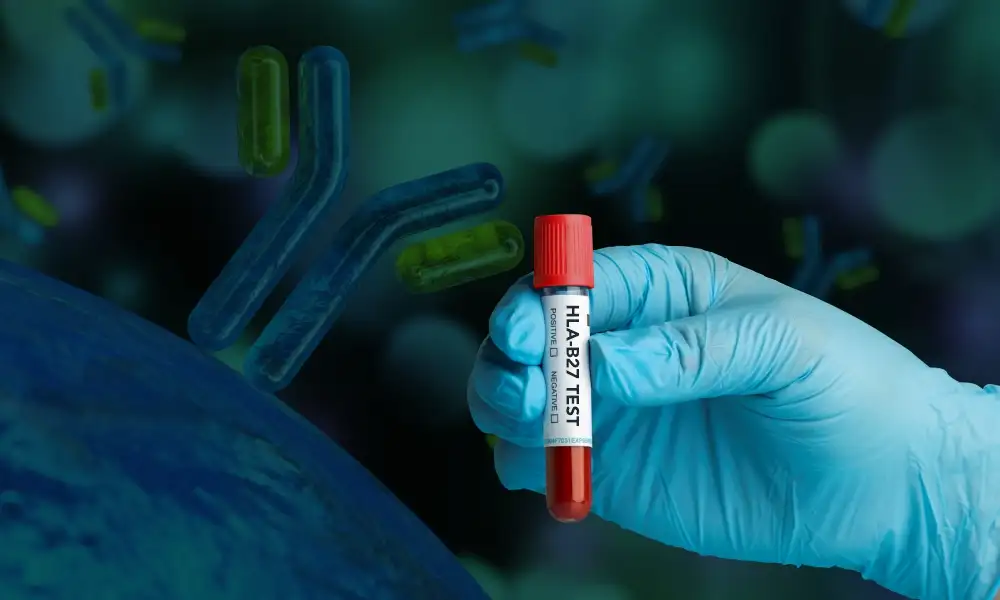World Down Syndrome Day
- March 22,2022
- 1 Min Read

Down syndrome is a chromosomal disorder in which a child is born with an extra chromosome. Chromosomes shape and function a baby's body as it develops during pregnancy and after birth. A baby is born with 46 chromosomes. However, in a down syndrome baby, one of these chromosomes, chromosome 21, has an extra copy. 'Trisomy' is a medical word for having an extra copy of a chromosome. Trisomy 21 is another name for down syndrome. This extra copy alters the way the baby's body and brain develops, posing mental and physical obstacles for the child.
Down syndrome occurs 1 per 830 live births and is one the most common birth disorders. Individuals with down syndrome may have lower IQ, difficulty in speech, and may have some altered physical features like flattened face, short neck, or small limbs.
Causes and risk factors of down syndrome:
Down syndrome results when abnormal cell division involving chromosome 21 occurs. These cell division abnormalities result in an extra partial or full chromosome 21. This extra genetic material is responsible for the characteristic features and developmental problems of down syndrome. Any one of three genetic variations can cause down syndrome:
- Trisomy 21: About 95 percent of the time, down syndrome is caused by trisomy 21 — the person has three copies of chromosome 21, instead of the usual two copies, in all cells. This is caused by abnormal cell division during the development of the sperm cell or the egg cell.
- Mosaic down syndrome: In this rare form of down syndrome, a person has only some cells with an extra copy of chromosome 21. This mosaic of normal and abnormal cells is caused by abnormal cell division after fertilization.
- Translocation down syndrome: Down syndrome can also occur when a portion of chromosome 21 becomes attached (translocated) onto another chromosome, before or at conception. These children have the usual two copies of chromosome 21, but they also have additional genetic material from chromosome 21 attached to another chromosome.
Blood tests, which analyze the level of several compounds in the mother's blood (e.g., Dual marker testing, quadruple marker testing), and 1st-trimester ultrasound scans can be used to screen for the risk of down syndrome. More advanced tests like NIPT (Non-invasive Prenatal Testing) can very accurately screen for down syndrome.
Diagnostic tests are mainly used to confirm a down syndrome diagnosis after a positive screening test. The following are examples of a diagnostic tests:
- CVS (chorionic villus sampling) checks placental tissue
- Amniocentesis is a procedure that checks the amniotic fluid (the fluid from the sac surrounding the baby)
- Blood from the umbilical cord is examined via percutaneous umbilical blood sampling (PUBS)
These tests check for chromosomal abnormalities that could imply a diagnosis of down syndrome. This condition is not preventable but predictable. Individuals with down syndrome have had a substantial improvement in life expectancy in recent decades as medical care and social inclusion have improved. In good health, a person with down syndrome can expect to live to be 55 or older.
This World Down Syndrome day let’s encourage any to-be-parents around us to consult their doctor regarding monitoring the health and development of their fetus, for a happy and healthy future for their child.
Want to book a test? Fill up the details & get a callback
Most Viewed
Premarital Health Screening
- 20 Min Read
Typhoid - Signs and Symptoms
- 3 Min Read
Home Isolation Guidelines - Covid-19 Care
- 5 Min Read
HLA B27 Detection: Flow Cytometry & PCR
- 1 Min Read














